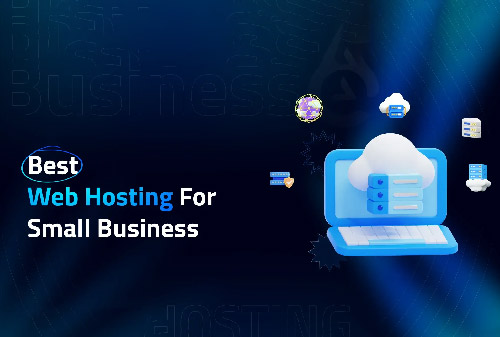Understanding the Linux Root User: Privileges and Precautions
In Linux and Unix-like operating systems, the "root user" reigns supreme, holding unparalleled power and access. Often referred to as the superuser, the root account possesses unfettered privileges, enabling it to perform any action on the system without restrictions. This article delves into the intricacies of the root user, highlighting its significance, potential risks, and essential precautions for its secure utilization.
The Root User: An Overview
At its core, the root user is an account with the user ID (UID) of 0. This numerical identifier grants it absolute authority over the system. Unlike regular users bound by permissions and restrictions, the root user can modify system files, install or remove software, manage user accounts, and even alter system configurations with impunity.

Importance of the Root User
The root user plays a pivotal role in system administration and maintenance. Its unrestricted privileges are indispensable for tasks such as:
- System Updates and Upgrades: Applying critical security patches, installing new software packages, and upgrading the operating system often require root access to modify system files and configurations.
- Hardware Management: Installing new hardware devices, configuring network interfaces, and managing storage devices typically necessitate root privileges to interact with low-level system components.
- Troubleshooting and Repair: When system errors occur or malfunctions arise, the root user can delve into system logs, diagnose issues, and implement fixes that would be inaccessible to regular users.
Risks Associated with Root Access
While the root user's power is undeniable, it comes with inherent risks. Unrestricted access can have catastrophic consequences if misused or compromised. Some of the potential dangers include:
- Unintentional System Damage: A simple typo or an erroneous command executed as root can render the system unstable or even inoperable.
- Security Breaches: Malicious actors who gain root access can wreak havoc, stealing sensitive data, installing backdoors, or launching attacks on other systems.
- Data Loss: The root user has unrestricted access to all files and data on the system. Accidental deletion or modification can lead to irreversible data loss.
Best Practices for Root User Security
To mitigate the risks associated with root access, it's crucial to adhere to security best practices:
- Limit Root Usage: Minimize the use of the root account for daily tasks. Instead, create regular user accounts with limited privileges for routine activities.
- Strong Passwords: Enforce strong, unique passwords for the root account and all user accounts. Regularly update passwords to prevent unauthorized access.
- Principle of Least Privilege: Grant users only the minimum level of access necessary to perform their tasks. Avoid assigning unnecessary privileges.
- Multi-Factor Authentication (MFA): Implement MFA for root logins to add an extra layer of security and prevent unauthorized access.
- Auditing and Logging: Enable comprehensive auditing and logging mechanisms to track root user activity, detect suspicious behavior, and aid in forensic investigations if needed.
Conclusion
The root user is an indispensable aspect of Linux and Unix-like systems, providing unparalleled power for system administration. However, its unrestricted privileges demand utmost caution and responsibility. By understanding the risks involved and implementing robust security measures, system administrators can harness the root user's capabilities while safeguarding the integrity and security of their systems.
















